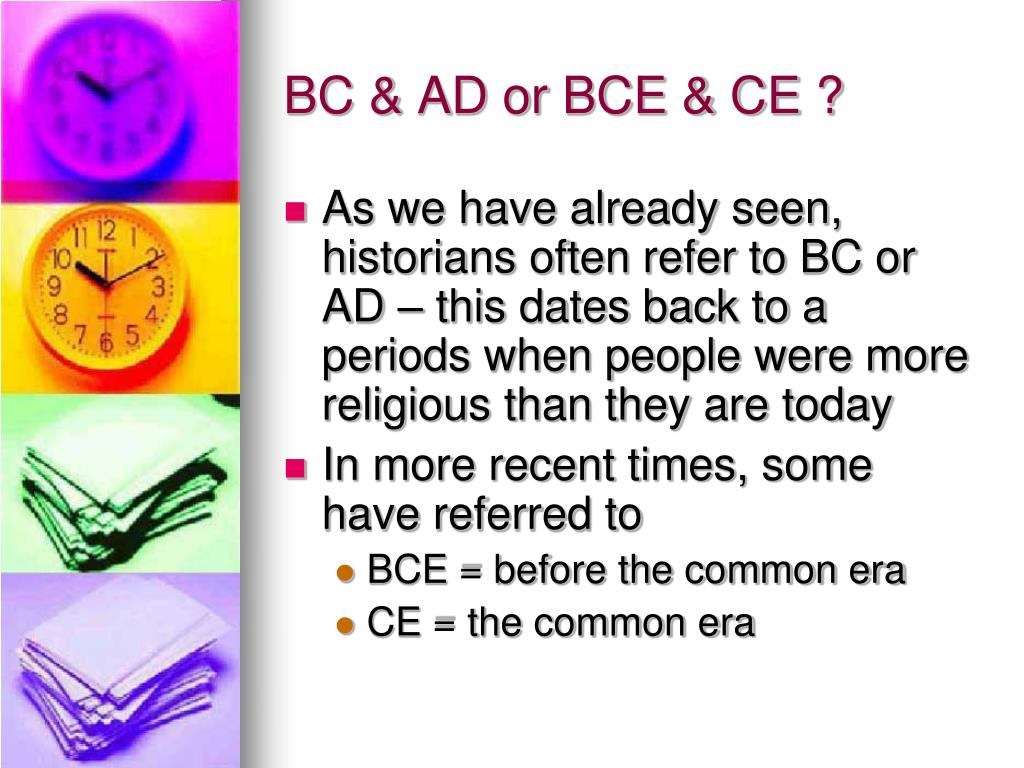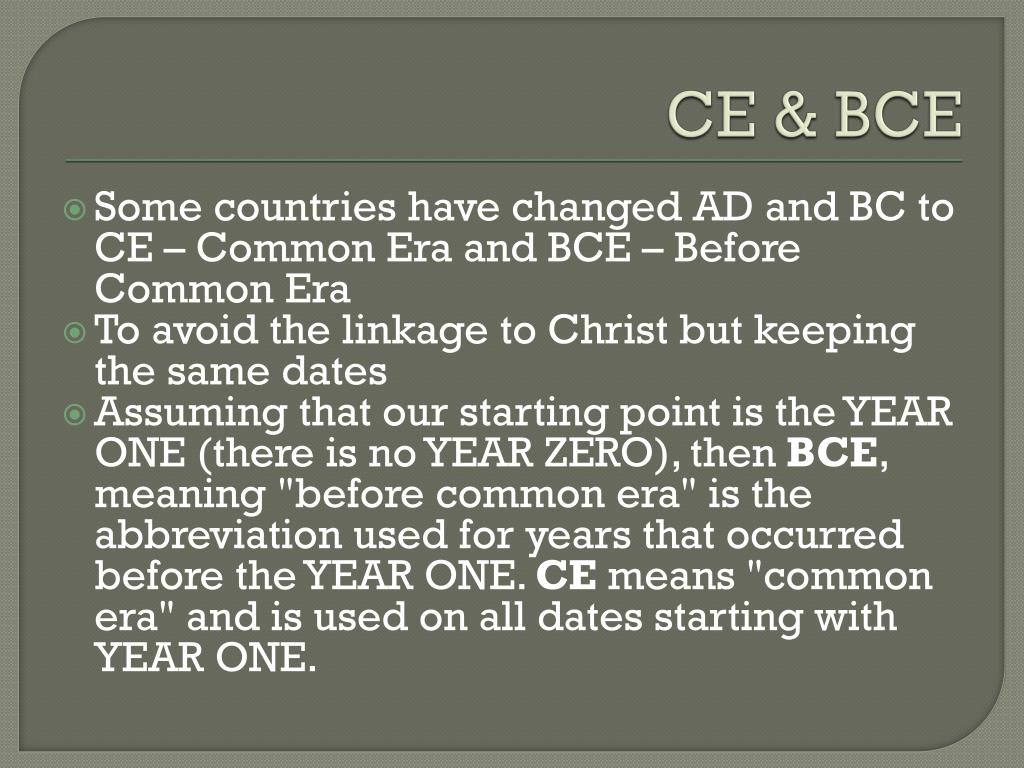
Introduction
Have you ever heard about BC, AD, and CE? These three terms are commonly used to refer to different periods in human history. BC stands for "Before Christ," AD refers to "Anno Domini," and CE means "Common Era." In this article, we will explore the meanings of these terms and how they are used to describe the timeline of human history.
The Meaning of BC

BC is an abbreviation of "Before Christ," which refers to the years before the birth of Jesus Christ. The use of BC started in the 6th century AD by a monk named Dionysius Exiguus, who was calculating the date of Easter. BC is used to count years in reverse order, with the year 1 BC followed by the year AD 1.
The Meaning of AD
AD stands for "Anno Domini," which is a Latin term that means "in the year of our Lord." AD is used to refer to the years after the birth of Jesus Christ. The year AD 1 is followed by the year 2 AD, and so on. The use of AD started in the 6th century AD, and it became widely accepted in Europe by the 9th century AD.
The Meaning of CE

CE means "Common Era," which is a secular alternative to AD. CE is used to refer to the same years as AD, but without the religious connotation. The use of CE started in the 17th century AD, and it became popular in the 20th century AD as a way to be more inclusive of non-Christian cultures.
The Timeline of Human History

The timeline of human history is divided into different periods, each with its own characteristics and events. The use of BC, AD, and CE helps us to understand and organize these periods. Here are some of the major periods in human history:
The Prehistoric Period (Before 3000 BC)

The prehistoric period refers to the time before the invention of writing. This period is divided into the Paleolithic (Old Stone Age), Mesolithic (Middle Stone Age), and Neolithic (New Stone Age) periods. During this time, humans lived as hunter-gatherers and developed agriculture and domestication of animals.
The Ancient Period (3000 BC - 500 AD)

The ancient period refers to the time when civilizations emerged and developed writing systems. This period is divided into the Bronze Age, Iron Age, and Classical period. Some of the major civilizations of this period include Ancient Egypt, Mesopotamia, Greece, Rome, and China.
The Middle Ages (500 AD - 1500 AD)

The Middle Ages refers to the time between the fall of the Western Roman Empire and the Renaissance. This period is often characterized by feudalism, the Crusades, and the Black Death. Some of the major events of this period include the Battle of Hastings, the Magna Carta, and the Hundred Years' War.
The Modern Period (1500 AD - Present)
The modern period refers to the time when the world became more interconnected and globalized. This period is often characterized by the Age of Exploration, the Industrial Revolution, and World Wars I and II. Some of the major events of this period include the American Revolution, the French Revolution, and the Cold War.
Conclusion
BC, AD, and CE are important terms that help us to understand the timeline of human history. By using these terms, we can organize and categorize different periods and events. Whether you are a history buff or just curious about the past, understanding these terms can help you to appreciate the rich and complex history of our world.